



Consumer behavior is changing. People want convenience. No one has time to stand in line at the post office anymore. Customers shop online rather than in-store. And with the personal data consumers provide to brands everywhere, consumers expect experiences that are tailored to their preferences. As customers change, Posts must evolve too.
Pitney Bowes forecasts that by 2026, parcel volumes will rise to over 220 billion parcels一double the 103 billion parcels shipped in 2019. To handle this volume, Posts are looking to modernize their delivery network. Below, we review a few growing trends and examine some of the ways Posts can leverage technology to capitalize on them and keep ahead of evolving customer preferences.
25% of US consumers are making nearly 20% of their purchases from DTC brands, and ecommerce sales are soaring. Furthermore, to maintain control over the end-to-end buying experience, many brands are also taking delivery upon themselves. They’ve turned to click and collect, curbside pickup, and some even leverage their own delivery fleets. Since the pandemic, there’s been a 200% increase in curbside pickup in the US, and today 70% of retail sales in the UK come from click and collect. Understandably, click and collect and curbside pickup has been out of necessity during the pandemic. But if retailers are moving into the delivery of their own merchandise, this will increasingly become more inefficient and expensive than it needs to be for retailers.
According to McKinsey, last-mile delivery can make up 50% of the overall cost, and delivery isn’t often a core part of a retailer’s business. Postal operators have a huge opportunity to partner with these retailers and ecommerce providers to take on these deliveries. However, they need to act fast. MWPVL International estimates that Amazon is shipping 67% of its packages directly to customers. Luckily, Posts have a leg up. They already have delivery networks and an established system for getting packages delivered on time. So before retailers can scale their delivery network, Posts can become retailers’ partners of choice and adopt technology that optimizes delivery routes and enables customers to track their packages in real-time.
Another way Posts can help ecommerce and retail businesses is to become a leader in local-to-local last mile deliveries. Put simply, when inventory from pick-up centers is closer to the customer, deliveries will be much quicker. So it makes sense to have postal drivers pick up ecommerce deliveries from local pick-up centers or from local retailers and deliver them to customers on their daily routes. To make this process even smoother, Posts can rely on Escher’s Track, Trace, and Last Mile Delivery solution.
To ensure driver resources are allocated adequately, Riposte Track, Trace, and Last Mile Delivery has a simplified inbound signaling system for incoming vendor parcels before the packages arrive at a Post center. When delivery drivers start their routes, the Track, Trace, and Last Mile Delivery solution directs them with GPS tracking and turn-by-turn navigation, maximizing the number of deliveries they make. Retailers will be glad to know that there are built-in audit controls and a chain of custody for high-value items to ensure parcels are being delivered safely and securely.
On the front-end, Track, Trace, and Last Mile Delivery gives customers insight into the exact location of their parcel, in real-time. Using a web app, customers can request that packages be redirected to a different address or select different delivery windows that are more convenient for them. Plus, Track, Trace, and Last Mile integrates with counter and related POS services so delivery drivers can transact other services at a customer’s doorstep, further fulfilling the customer need for instant gratification.
60% to 95% of data companies collect lies dormant, but with technology evolving so quickly, some Posts may not be aware of the tools that exist to simplify data analysis and to better utilize the data they collect. If used intelligently, the transaction and customer information that Posts gather can translate to robust loyalty programs and personalized offers. With greater customer engagement, there is also a higher potential for upsell opportunities. And data, analytics, and AI can help modernize the delivery network too.
Analytics-driven Posts can use data to further streamline the delivery process while also strengthening retail partnerships. Pre-assigning parcels to delivery routes and optimizing routes according to traffic, load, and other predefined KPIs will facilitate faster deliveries and much of this is only possible with the good use of data and robust analytics or AI-based solutions. And faster, more efficient, customer-centric delivery networks will only attract more partners and customers.
Consumers around the world want more options and flexibility around the delivery of items they purchase online. To be 100% aligned with these expectations, Posts need an ultra-modern delivery network. Assisting retailers with their delivery, giving customers more transparency around their parcel’s journey, and better understanding how to cater to customers with analytics is key to realizing Posts’ future profit goals. Besides benefiting customers, these technologies benefit retailers with more on-time deliveries and fewer customer complaints. Over time, retailers will want to ditch their delivery efforts and use Posts instead.
There is no better time to revolutionize your postal operations. To learn more about how to start modernizing your delivery network, contact us
